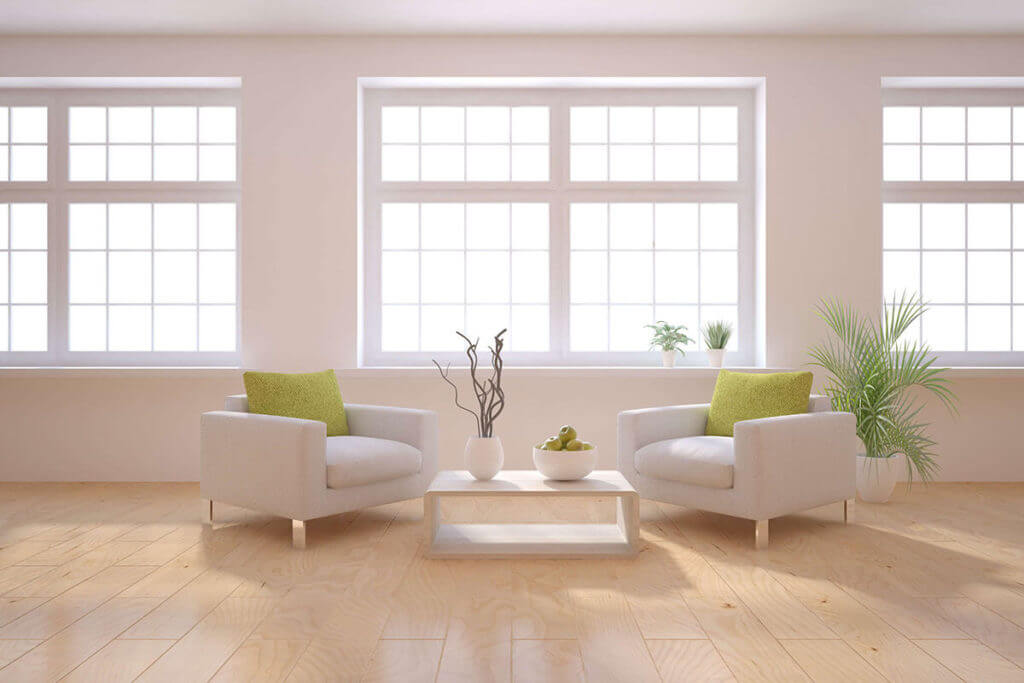How to protect your timber flooring from furniture
Those of us with timber or bamboo flooring know only too well the challenges of trying to prevent damage to our floors from various types of furniture. From tables and chairs to couches and every day bric a brac, all items have the potential to damage our investment. Unprotected furnishings can still grind dirt and trash into your floor’s finish. Heavier pieces of furniture are at more risk of damaging your floor. We suggest that chairs and furniture legs need to be made more timber floor friendly – here’s how.
Types of Furniture Protection:
A popular type of chair leg protection is the furniture pad. A furniture pad is usually a different type of soft material that is put on the bottom of your chair legs. There are different types of chair leg protection pads, each offering different levels of cost and protection.
Nail/Screw on pads. These types of pads are normally quite secure since they’re attached to the furniture leg with either a nail or screw. Screw on pads use completely different materials to create a soft contact with your timber floor. Depending on your timber flooring type, care should be used, as the result may be harmful to your timber floors if not installed correctly.
Peel/Stick pads. These pads can be applied by simply sticking the felt or rubberised pad to the furniture leg. Unfortunately they won’t last as long as Nail/Screw-on nor slip-on pads. They’re available almost everywhere and are typically the least expensive.
Slip-on pads. These pads may not fit into your stylish interior, but you definitely won’t have a problem with them falling off like a peel/stick pads or have the potential to scratch your timber flooring like a broken nail/screw on pad.
Your Floor Types Matter:
While most furniture pads are sold as universal pads for all floor types, some are considerably better than others for the floor type you have. The common materials to make furniture pads are felt, rubber, cork, plastic and metal. Be especially careful with furniture pads since some may harm your floor if exposed.
Furniture Traffic Considerations:
How often your furniture moves will play a big part in choosing the best type of furniture pad. There is a wider range of furniture pads to choose from when it comes to heavier pieces of furniture. Majority of them are thick pieces of felt or rubber especially made to keep heavy furniture from damaging your floor when being moved.
Some of the most popular places in a household is the dining & kitchen rooms. Choosing the right furniture pad for these areas is key. Stick & slip on pads will wear down over time, so be sure to check the life of your furniture pads. Depending on your kitchen floor, rubber or other materials might need to be avoided for unnecessary scratches.
In home family rooms with larger furniture, consider kids jumping on the couch. You may decide to plop yourself on your comfy couch after a long day at work. These types of actions are the small movements that could easily damage your stunning timber flooring so choosing your furniture pad is wise. In this case rubber furniture pads can be used to your advantage. This is because it will help restrict furniture movement on majority of floor types.
